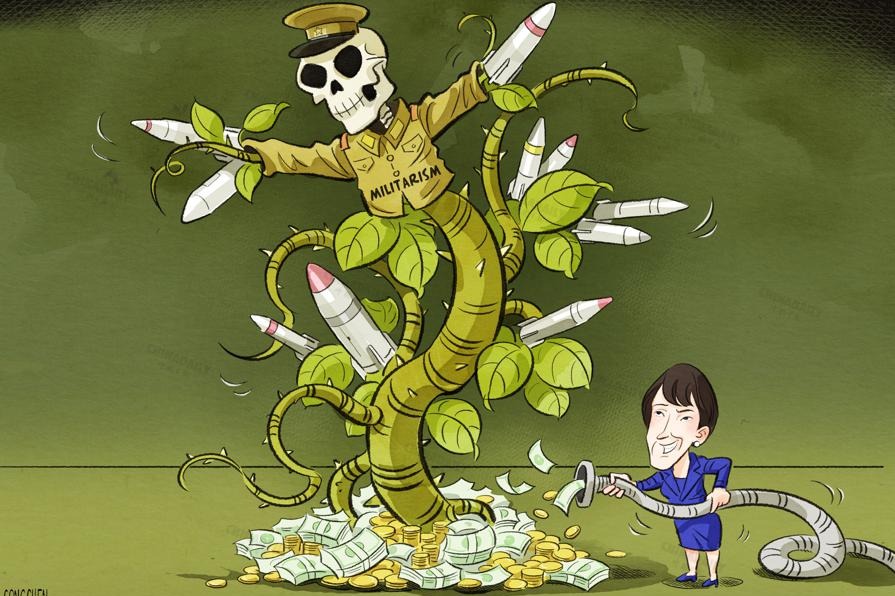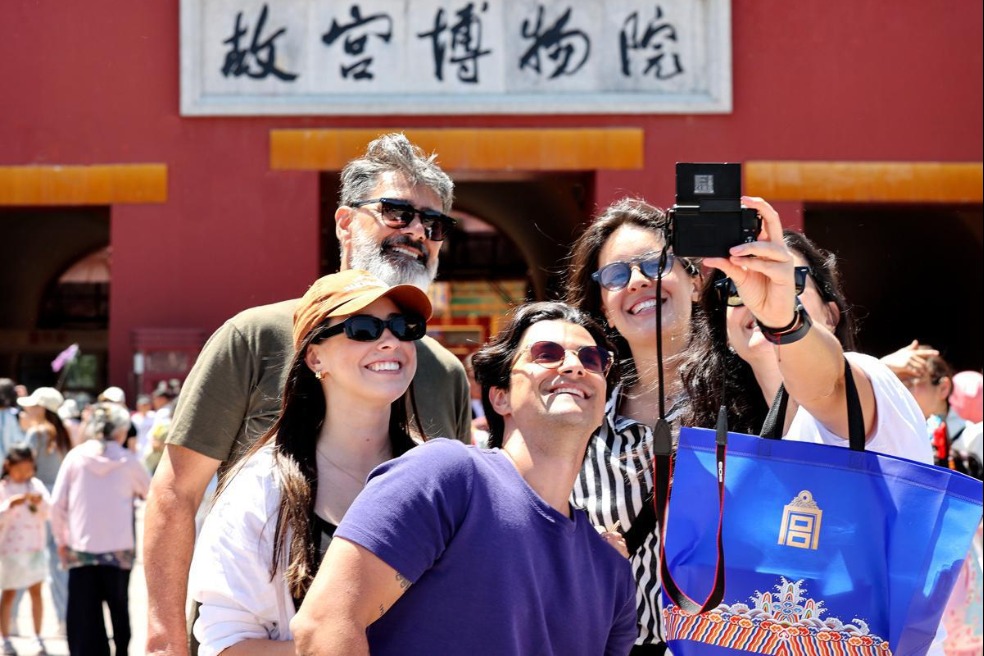Mapping a palatial soundscape


However, the recording process was fraught with challenges.
"We couldn't disrupt the visitor experience, and we could never risk damaging any ancient structures," Li says. "We had to invent entirely new recording protocols."
Different sites posed different problems. Some were too noisy due to restoration work. Others were eerily silent. The team developed unique techniques to deal with each.
One moment stood out for Li — recording during a snowfall.
"We knew snow was forecast for the afternoon. We had to wait until the museum closed to begin. As the flakes tapered off, we waited. And waited. It took five hours to finish the session," he recalls.
Despite the cold and the logistical hurdles, they captured the soft hush of falling snow on ancient tiles, adding an almost ethereal quality to the soundscape.
According to Tang Feng, vice-president of the China National Traditional Orchestra, this year marks the 100th anniversary of the Palace Museum and the 65th anniversary of the orchestra.
"At such a meaningful moment, presenting this concert, which took five years to make, carries even greater significance," says Tang.
"We hope to enrich the museum, this iconic symbol of Chinese civilization, with a lasting musical memory."
























